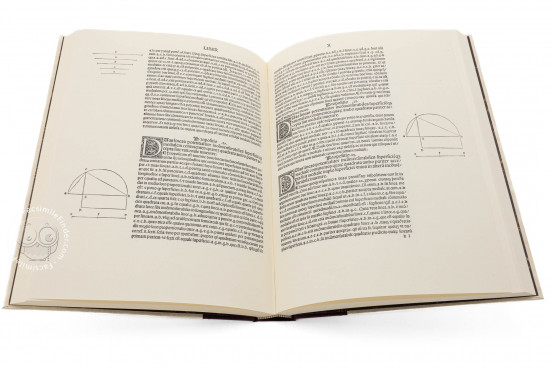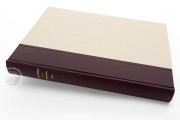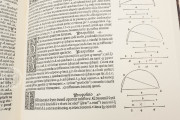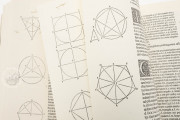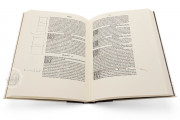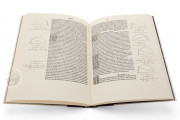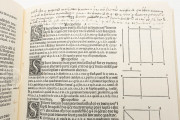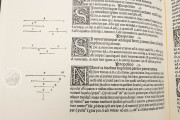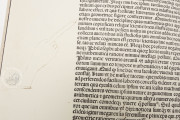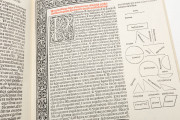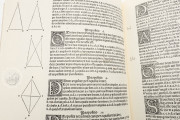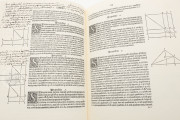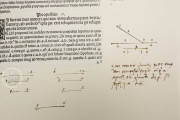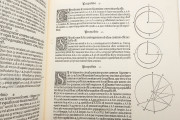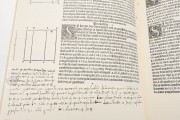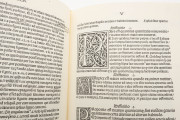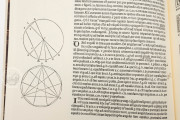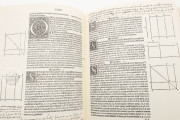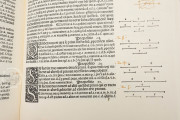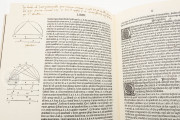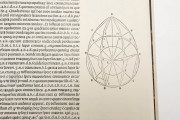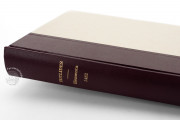Euclid's Elementa Geometriae, released in Venice in 1482, is heralded as the oldest mathematical text still used today, second only to the Bible in its readership over time. This work has profoundly influenced figures like Galileo Galilei, Abraham Lincoln, Edna St. Vincent Millay, and Albert Einstein. Drawn from Adelard of Bath’s 12th-century translation of an Arabic version of the original Greek work, the 1482 edition showcases Euclid’s groundbreaking ideas along with the innovative printing methods of the era, ensuring its enduring reach and importance.
A Revolutionary Edition
This 1482 edition marks a pivotal moment in the history of both publishing and mathematics, as it was the first printed version of Euclid's work, first written around 300 BCE. The edition offers a cross-cultural legacy, bridging Greek origins with an Arabic translation, subsequently adapted by Adelard of Bath.
Printing Geometry
In his preface, the printer Erhard Ratdolt addressed the rarity of mathematical texts, attributing it to the challenge of reproducing geometrical diagrams. Ratdolt, demonstrating keen business insight, unveiled his solution for printing geometric figures, though he kept specific methods under wraps. By using flexible type-metal rules, he integrated figures directly with the letterpress text and woodcuts, pushing bookmaking into new territory by making complex visuals more accessible.
Influencing Thoughts Through the Years
The lasting impact of Euclid's Elementa Geometriae is evident in its influence on prominent thinkers like Galileo and Einstein. Its continued use in education highlights its fundamental role in establishing the principles of geometry. The 1482 edition effectively preserved Euclid’s teachings for future scholars, cementing its pivotal role in the evolution of mathematical thought.
We have 1 facsimile edition of the manuscript "Euclid's Elements": Elementa facsimile edition, published by Maruzen-Yushodo Co. Ltd., 2014
Request Info / Price
